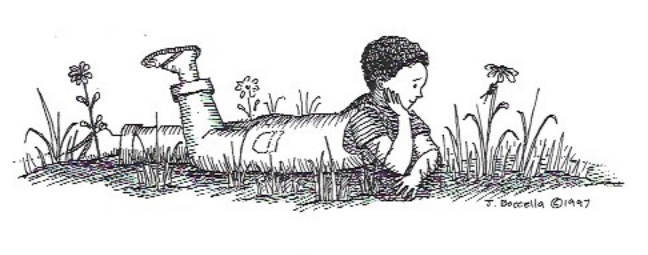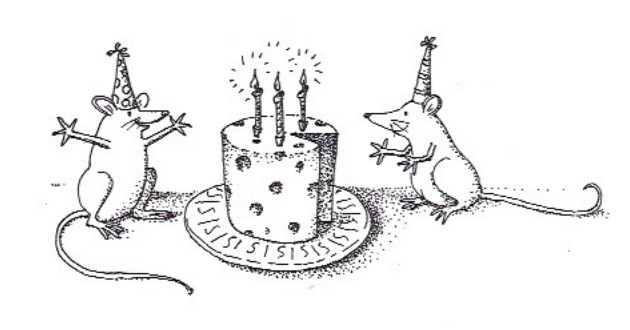Learning to Read Music Through Poetry

. A weeny little bug
A weeny little bug
Goes climbing up the grass.
What a lot of tiny little legs he has!
I can see his eyes,
Small and black and shiny.
I can’t think how it feels to be so tiny!
In this poem, written by Rhoda W. Bachmeister, there’s a real picture- not just through the words, but also via the rhythm and cadence of the phrases. Set it to music (I use a descending chromatic scale for the last line, all staccato), add a delightful illustration, and you have a tool for creating a whole aesthetic experience for the young piano student.
It was to make early reading a pleasure not only for the student but also for the teacher and for family members who hear the daily practicing, that I set poems by such greats as Rose Fyleman, e. e. cummings, Robert Louis Stevenson, and many more to music for beginning piano students. The result: 2 books of piano pieces, graded from Middle C Position (The Moon is My Sister) to “Breaking Free from Middle C” (I Sing and I Sing and I Sing).
How can teaching and learning 2 notes, C and D, be at all interesting or even close to an “aesthetic experience”? Set the beloved poem “Birthday Cake” (Aileen Fisher, poet) to music and you have a piece that is a favorite of 95% of my students – not because it is easy but rather, because the poem is so delightful and the accompanying illustration is just the ticket. Ms. Fisher gave me permission to use her poem, charging a mere pittance for the honor. In a somewhat shaky older person’s handwriting she wrote: “keep the torch burning”. I’m trying!
So if you’ll indulge me, I would like to spend a little time with these lovely poems and show you what I have done to make them into pieces that help young students embark on the journey of reading and making music on the piano.
Deborah Swanger Fortier
June 2020